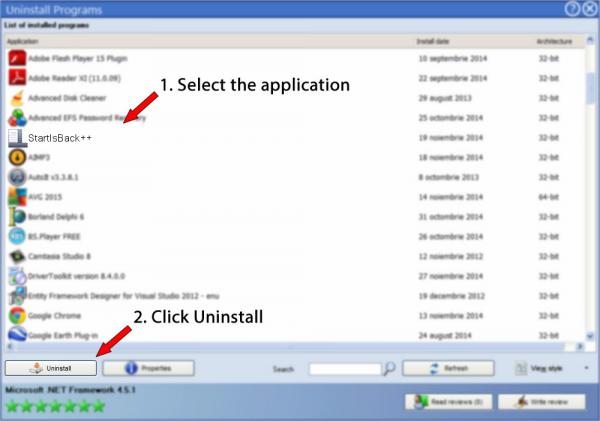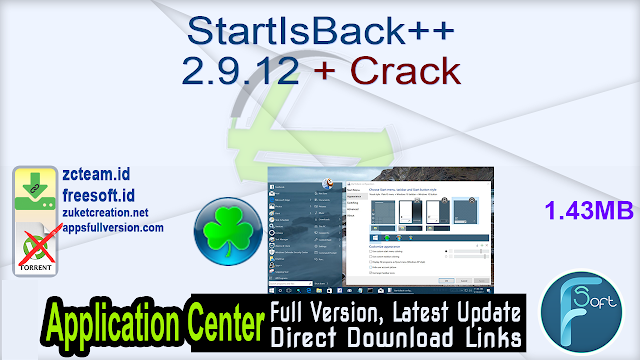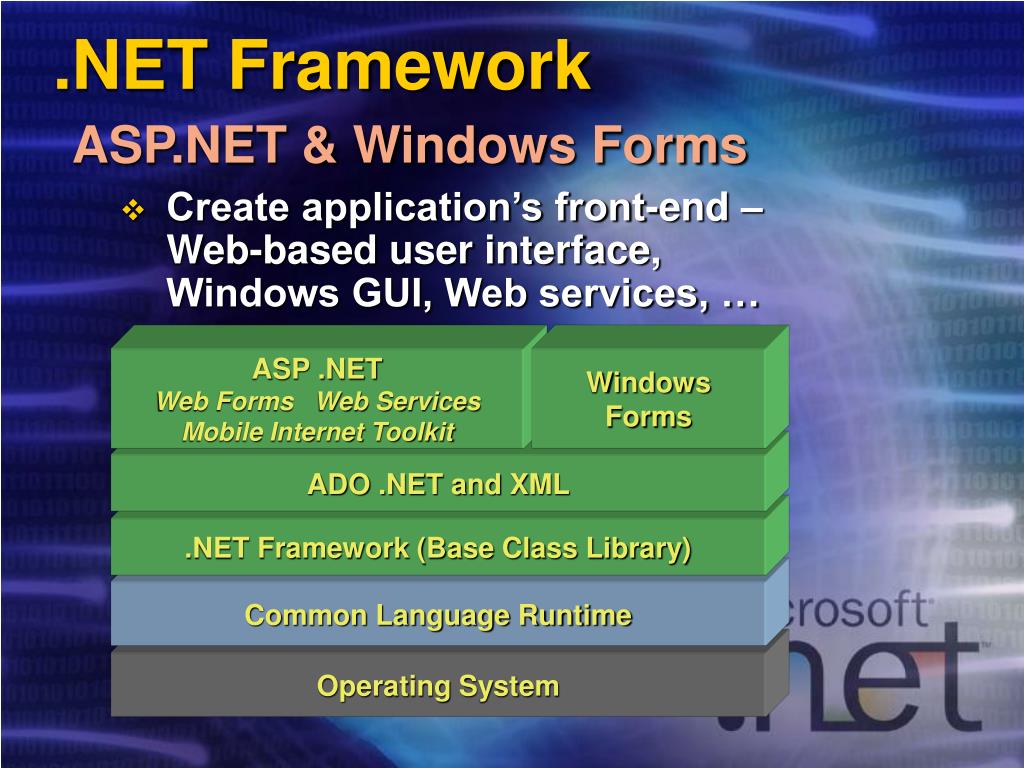
It's a bit confusing, but the good news is that doing it is easier than explaining it.įor these directions to work as written, you will have to have extracted and renamed the SDK download folder as mentioned above, and to the correct location for this tutorial. For example, to run the ADB command, you either need to type and provide the complete path - ie, the folder ADB is actually in, inside the SDK folder - or have the location set in the PATH variable itself. The PATH variable in your computer's operating system tells it where to look when you want to run a command from a terminal or the command line. It may look like a terminal or shell command, but it will open a GUI as long as you have Java installed correctly.

Open the bin folder in the extracted download and find the SDK manager executable file. That's OK we're about to get them using the included SDK manager. You might notice a few things are missing if you've ever downloaded the command line tools before as the tools and platform-tools folders are missing. Installing the toolsĮxtract the file you downloaded above into a folder named Android on the root of your C drive (Windows) or into your Home folder (Mac, Linux). If you're using a different flavor of Linux, find the correct packages for ncurses5 and stdc++6 and install them. If you're using Ubuntu or another Debian variant, install ncurses5 and stdc++6 through your terminal: sudo apt-get install lib32ncurses5 lib32stdc++6 Linux users will also have to make sure they have some 32-bit libraries installed if they are running a 64-bit version of the operating system. If you need more assistance or want to use a package manager to install Sun Java, you'll need to refer to the documentation for your particular distro. (OpenJDK is now bundled with Android Studio which includes the SDK as well as a development environment) and you'll find complete instructions to get it installed at the OpenJDK website. OpenJDK also works for most things you'll need to do with the SDK. You can find x86 and 圆4 binaries for Sun Java from Oracle at their website. On a Linux computer, you'll also need to install Java.If you can't install Java, maybe you're not yet ready to use the Android SDK. Again, if this gives you any trouble, stop what you're doing and learn a bit more about your computer.


On Windows, head to the Oracle website and download the correct version (32- or 64-bit) for your computer.If you did, install it again - you should know how to do that if you knew how to uninstall it. On a Mac, it's pretty easy because you'll already have it installed unless you uninstalled it.For most things, you'll be doing with the SDK, both Open Java and Sun Java from Oracle (yes, that Oracle) will work. You'll need a working version of Java to run the SDK components.

Source: Android Central (Image credit: Source: Android Central)


 0 kommentar(er)
0 kommentar(er)
